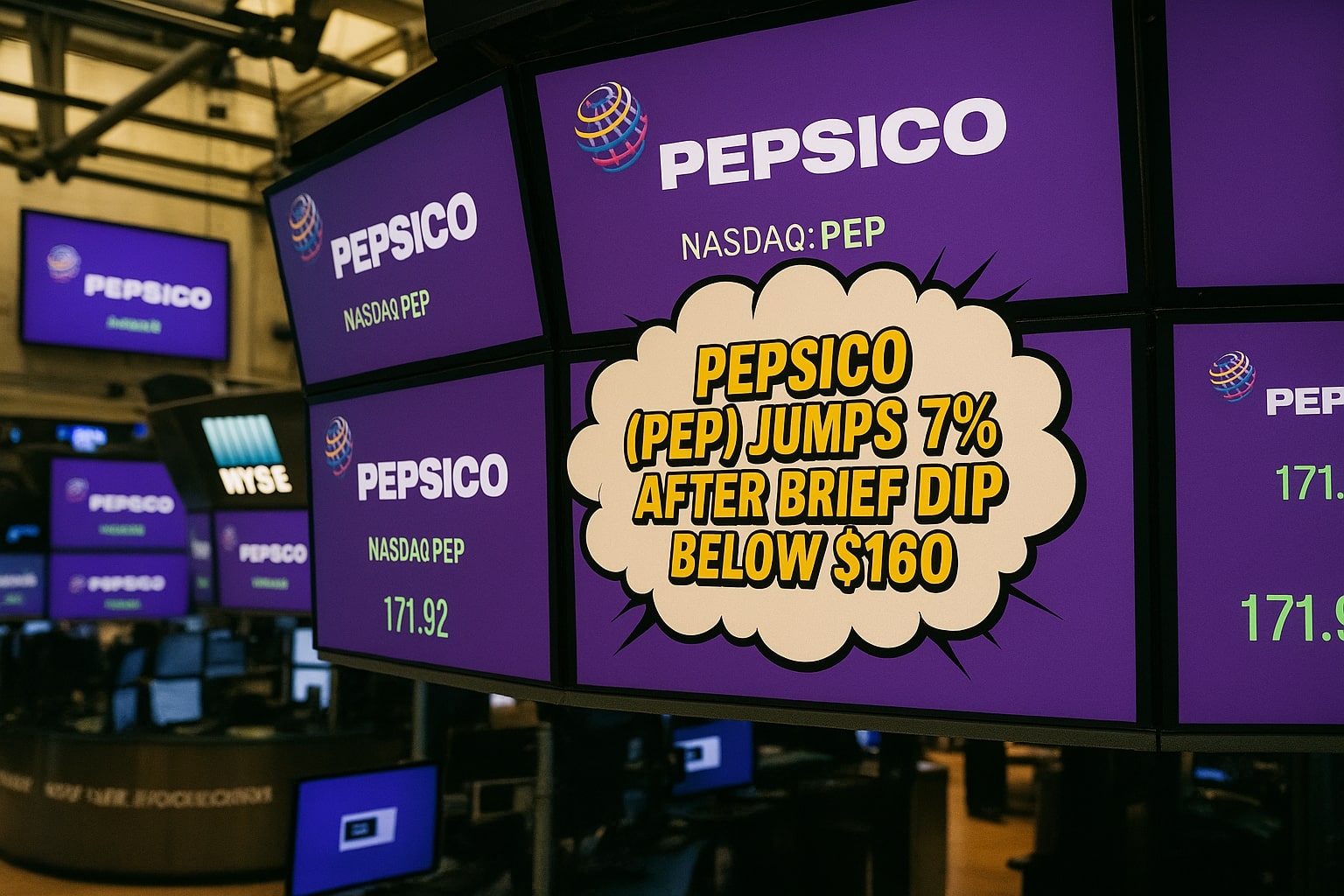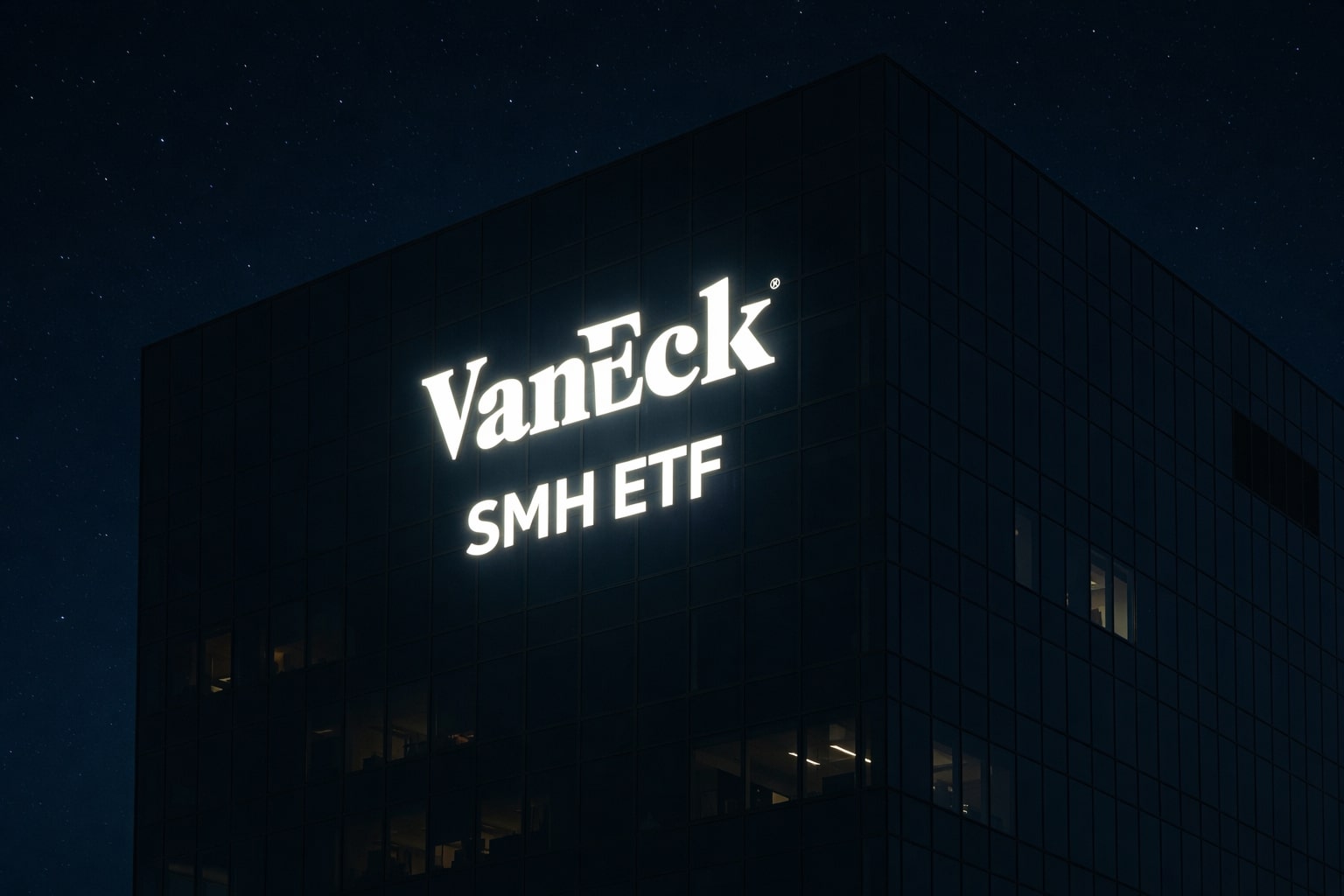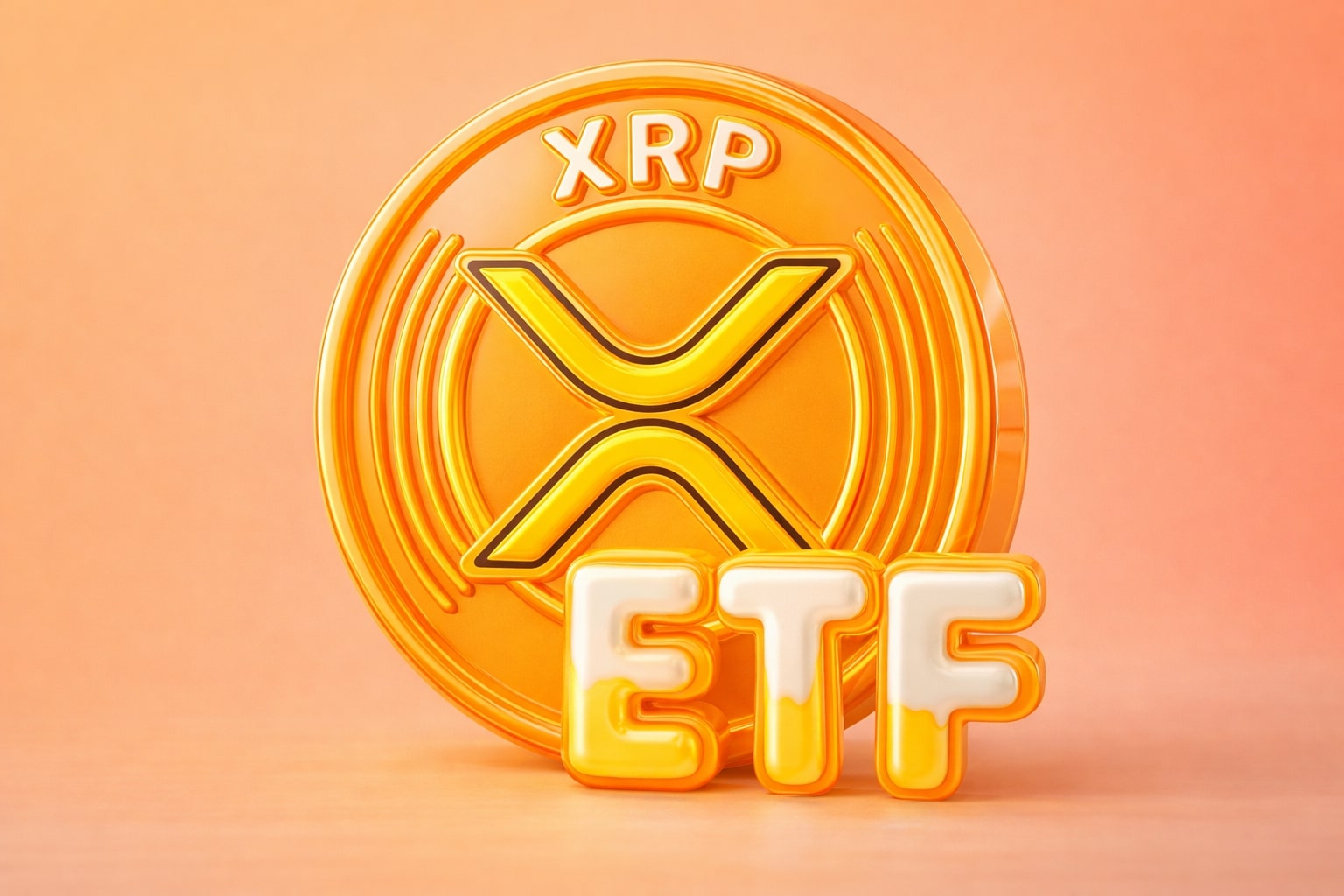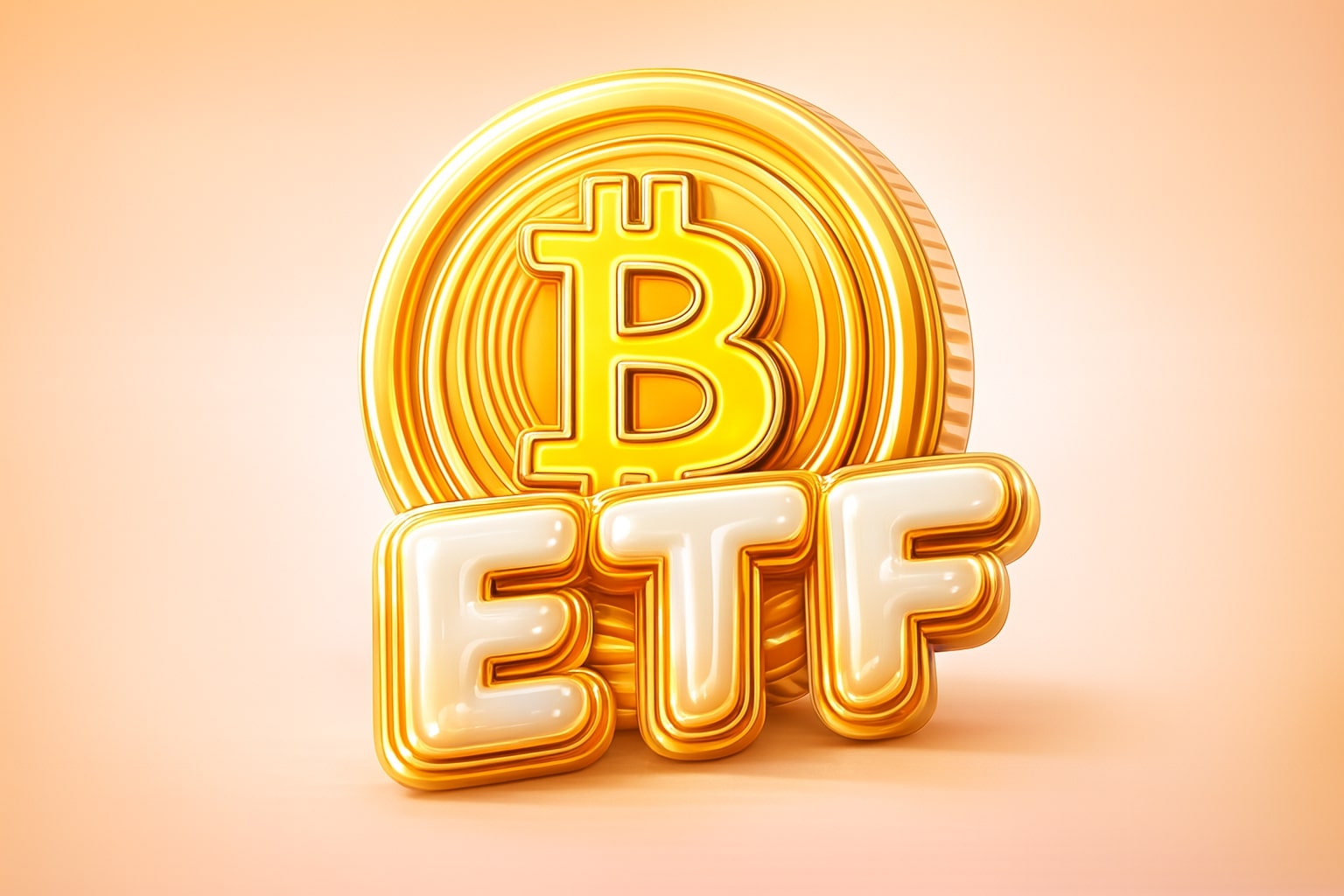
PepsiCo (NASDAQ:PEP) Falls Below $160 as Margin Pressure and GLP-1 Risk Drive Bearish Sentiment
PEP Stock Faces Margin Risk, FX Drag, and Consumer Behavior Shifts | That's TraingNEWS
PepsiCo (NASDAQ:PEP) Falls Below $160 as Margin Compression, GLP-1 Risks, and FX Drag Erode Investor Confidence
PepsiCo (NASDAQ:PEP) stock has broken below the $160 handle, trading near $159.20 after a sharp reversal triggered by weak Q2 margin expansion, persistent foreign exchange headwinds, and growing concerns over the long-term impact of GLP-1 weight-loss drugs on consumer demand. The stock is now down over 5% for the month, underperforming both Coca-Cola (NYSE:KO) and the broader S&P 500, which has held near record highs. With earnings compression, slowing international volume, and guidance risk, PEP has lost its defensive premium.
Margins Under Pressure as Volume Slows and Pricing Fatigue Sets In
Q2 results revealed a significant decline in PepsiCo’s core gross margin, which slipped to 53.8%, down 110bps sequentially and below consensus estimates. Despite maintaining mid-single-digit pricing growth, volume across key categories like snacks and beverages in North America fell by over 2%. This marked the third straight quarter where pricing failed to offset input cost inflation and promotional pressure. Operating margin contracted 80bps year-over-year, reflecting PepsiCo’s struggle to balance cost management with brand visibility. The company's 12-month forward P/E ratio has risen to 21.6x—well above its five-year median of 19.3x—raising valuation red flags as earnings momentum fades.
GLP-1 Risk Clouds Long-Term Consumption Outlook
PepsiCo, like other food and beverage giants, faces a growing structural risk from the rise of GLP-1 drugs such as Ozempic and Wegovy. Management acknowledged “early-stage softness” in snack volumes attributed to shifting consumer health behavior. While no guidance revision has yet been issued, internal channel checks suggest that key markets are seeing a 3–5% drop in calorie-dense product consumption, particularly among higher-income segments where GLP-1 adoption is most pronounced. Analysts from Barclays and Morgan Stanley have flagged PEP’s exposure to indulgent categories like chips, sugary drinks, and processed snacks as especially vulnerable. If this trend continues, it may warrant a strategic re-pricing of long-term growth expectations for the stock.
FX Headwinds and Emerging Market Volatility Weigh on Top Line
PepsiCo’s international segment, particularly Latin America and Eastern Europe, delivered soft topline results with a 2.7% currency-adjusted revenue decline in Q2. Management cited adverse FX translation shaving 4.3% off reported revenue, a trend expected to persist in H2 given dollar strength and political risk in key geographies. Notably, PepsiCo's Egypt and Pakistan operations posted low-single-digit sales growth in local currency terms but translated into negative dollar revenue. This decoupling of nominal growth and reported figures is increasingly eroding investor confidence in international diversification. The company reaffirmed its full-year revenue growth guidance at 4%, but buy-side desks are discounting it as overly optimistic without a turnaround in real consumption or currency stabilization.
Technical Breakdown Signals Further Weakness Unless $162 Reclaimed
The chart structure for PEP has turned decisively bearish, with price breaching the 200-day moving average at $161.20 and failing to hold the critical $160 support. MACD momentum has crossed into negative territory, and RSI sits at 38—nearing oversold but with no bullish divergence in sight. Volume selling has intensified on down days, suggesting institutional rotation out of defensive consumer staples. Unless bulls can reclaim the $162.50–$164.00 region, the next support lies at $156.80 followed by $152.30, levels last seen in early 2023. Conversely, resistance is stacked near $166.00, where the 50-day MA aligns with prior rejection zones.
Valuation Premium Unwinding as Yield Appeal Fades
At current prices, PepsiCo yields 2.87%, barely covering inflation and trailing sector peers. With treasuries hovering around 4.2% and money market funds offering near 5%, PepsiCo’s dividend story is no longer a strong draw for income-focused investors. Its payout ratio of 68% and limited EPS growth raise questions about the sustainability of dividend hikes in a high-rate environment. Meanwhile, free cash flow declined 4.9% year-over-year in Q2, falling short of covering both capex and dividend obligations. If PepsiCo cannot defend its cash efficiency in H2, credit rating agencies may begin revisiting debt coverage metrics.
Verdict: SELL – Structure, Valuation, and Macro Headwinds Skew Bearish
With margin erosion, valuation risk, and fundamental threats from macro and consumer health trends, NASDAQ:PEP is increasingly misaligned with its traditional defensive profile. The stock has lost its relative strength versus peers and shows no near-term catalyst to reverse its bearish trajectory. Technicals point to continued downside unless $162.50 is decisively reclaimed. Given the rising threat from GLP-1 consumption shifts, poor FX visibility, and stretched multiples, we rate PepsiCo stock a SELL, targeting $152.30 with stops above $166.00.
That's TradingNEWS
Read More
-
SMH ETF: NASDAQ:SMH Hovering at $350 With AI, NVDA and CHIPS Act Fueling the Next Move
16.12.2025 · TradingNEWS ArchiveStocks
-
XRP ETFs XRPI and XRPR: Can $1B Inflows Lift XRP-USD From $1.93 Back Toward $3.66?
16.12.2025 · TradingNEWS ArchiveCrypto
-
Natural Gas Price Forecast: NG=F Falls to $3.80–$3.94 as Warm Winter Kills $5.50 Spike
16.12.2025 · TradingNEWS ArchiveCommodities
-
USD/JPY Price Forecast - USDJPY=X Slides, BoJ 0.50% Hike, Fed Cut and NFP Set the Next Big Move
16.12.2025 · TradingNEWS ArchiveForex


















